Search Results
Fine Jewelry University Articles matching: “Lab created diamond rings”
Showing only FJU Article results. Click here to show all results.
Fine Jewelry University (Show All FJU Articles)
-
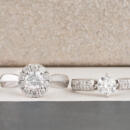
Anatomy of a Ring
… two straight pieces of metal on either side of it (this style is most commonly seen with square or princess cut diamonds). As you may have guessed, all styles of head can wear thin over time and may need to be built up by a jeweler. When … various styles and thicknesses of cathedral arches. Some are sleek and plain, some are wider and covered in accent diamonds. The size and cut of the center stone also may vary, but when you see those arches of metal rising up toward the …
-
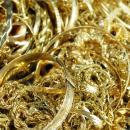
Gold Purity and The Differences Between White and Yellow Gold
…. White gold is available up to 21 karats. Most engagement rings are 14k or 18k. White gold is often used to enhance diamonds and other gemstones. White gold bridal jewelry is increasingly popularGold, just the word brings to mind value, rarity, wealth, beauty and jewelry. But what is gold? Yes the scientists tell us gold is an element …Gold is a beautiful metal that is used to make timeless jewelry. Gold can be bent and molded into elegant engagement rings to show the eternal affection of one person to another. Gold is an expression of love. Gold Purity Is all gold the …
-

Laser Jewelry Repair
… is now possible with Arden Jewelers’ laser. The laser can also help Angelo create very complicated pieces and diamond intensive pieces in his designer lines and custom jewelry. Our master jewelers and a laser can fix even costume jewelry … spots. The work is so smooth that even an expert can’t detect the repair work once it is polished. The weld joints created by the laser are stronger than traditional solder. The laser uses extremely focused heat and the weld can be …
-
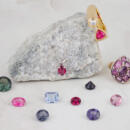
Gem in the Spotlight: Spinel
… and perfected to create spinel in even more colors than it is naturally found in. Because of how easily it can be created in a lab, synthetic spinel has been used to imitate many other gemstones (ruby, sapphire, tourmaline, zircon, etc.). … of the reason why most people have been slow to appreciate natural spinel in its own right. Interestingly, most lab–created spinel has a slightly higher refractive index than natural spinel, and that, along with inclusions can be used to …
-
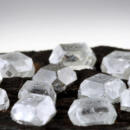
Is a Lab Grown Diamond Right for Me?
Picking a diamond for your engagement ring is a big decision. For most of us, buying a diamond is a significant financial undertaking… don’t have (anyone remember their refractive indexes from high school physics?). Even more unfortunately, the diamond industry suffers from a lot of misinformation and paranoia both from inside the trade and from outside observers. I have … conflict diamonds (both wild falsehoods). On the other hand, I have heard some in the industry refer to lab grown diamonds as fakes (also completely false). We’re here to help cut through some of the rhetoric, so you can make an informed …
-
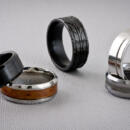
Alternative Metals for Men’s Jewelry
… are some potential cons to wearing a titanium ring that you should consider. Titanium rings can be cut off with a diamond-tip ring cutter, but because of their very high strength, Titanium rings are much more difficult to cut off than other…. Tungsten is rated at about a 9 on the Mohs scale of hardness which is the same as Ruby or Sapphire and just below diamond (which is 10). Like these gems, tungsten is very scratch resistant and will not bend out of shape, but it will break …
-
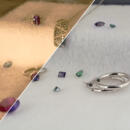
Gem in the Spotlight: Alexandrite
Emerald by day, ruby by night, more expensive than diamond and more illustrious than sapphire, emerald, or even ruby, alexandrite has been known around the world as one of the… the best of the best with a rare twist. One final note: while alexandrite in its natural form is expensive, its lab–created counterpart is very affordable. So no matter the occasion or budget, our gemologists will be able to find the right … alexandrite’s tremendous value and rarity, it is recommended to be worn carefully or put in jewelry such as earrings or pendants that are less prone to impacts than rings, for example. Alexandrite isn’t the only stone to display color-…
-
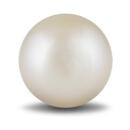
Gem in the Spotlight: Pearl
…even decades, to form, and are found only in a few select locations around the world. The process by which they are created is completely unpredictable, and as a result, natural pearls come in a wide range of shapes, sizes, and colors. They … natural irritant. The resulting pearl is virtually indistinguishable from a natural pearl in appearance, and can be created in a fraction of the time. Because of this, cultured pearls are far more common and affordable than natural pearls. …
-
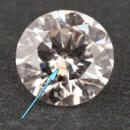
What Are Lab Grown Diamonds?
In the simplest terms, lab grown diamonds are diamonds that have been made by people instead of mined out of the earth. If it’s so simple, you might wonder …this sentence. The complexity arises from the fact that lots of different terms have been used to describe lab grown diamonds and their cousins, and not everyone uses these terms in the same way. So, let’s begin with some vocabulary. … mean man-made, copied, unreal, or even imitation. But, in this context, what do we mean when we say “synthetic diamond”? In the gemological world, synthetic is a highly technical term. When speaking technically, synthetic gems are man-made …